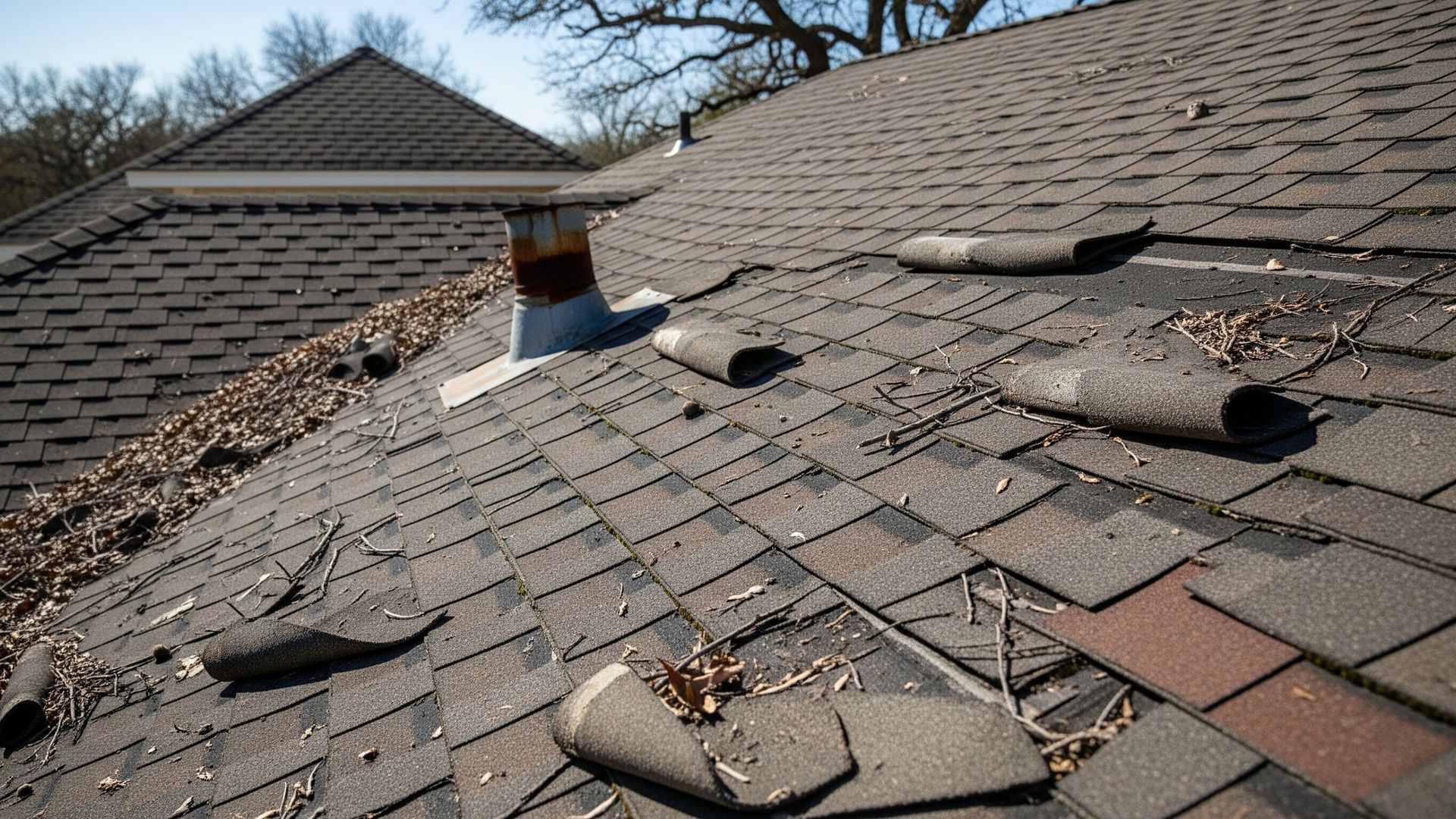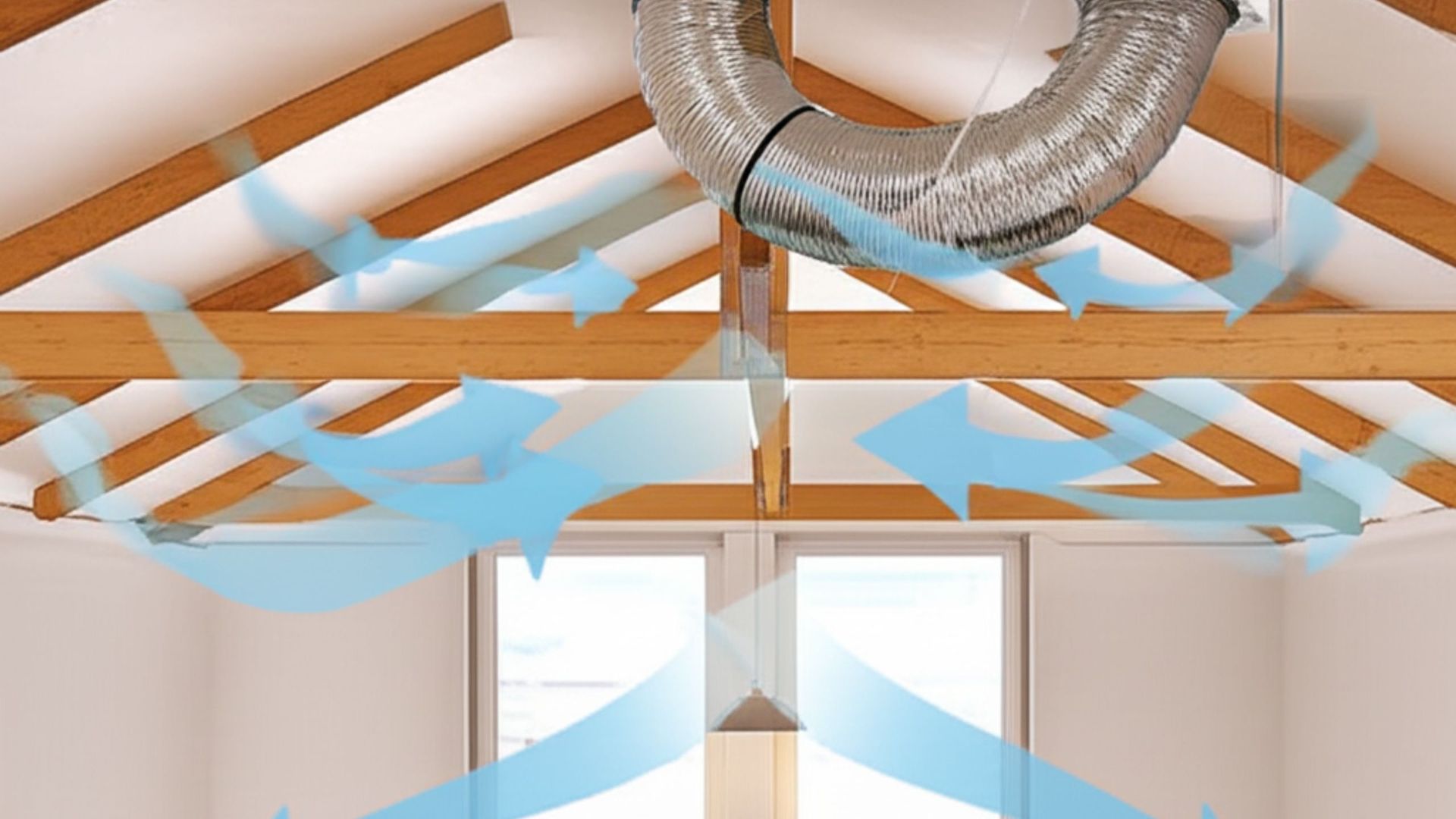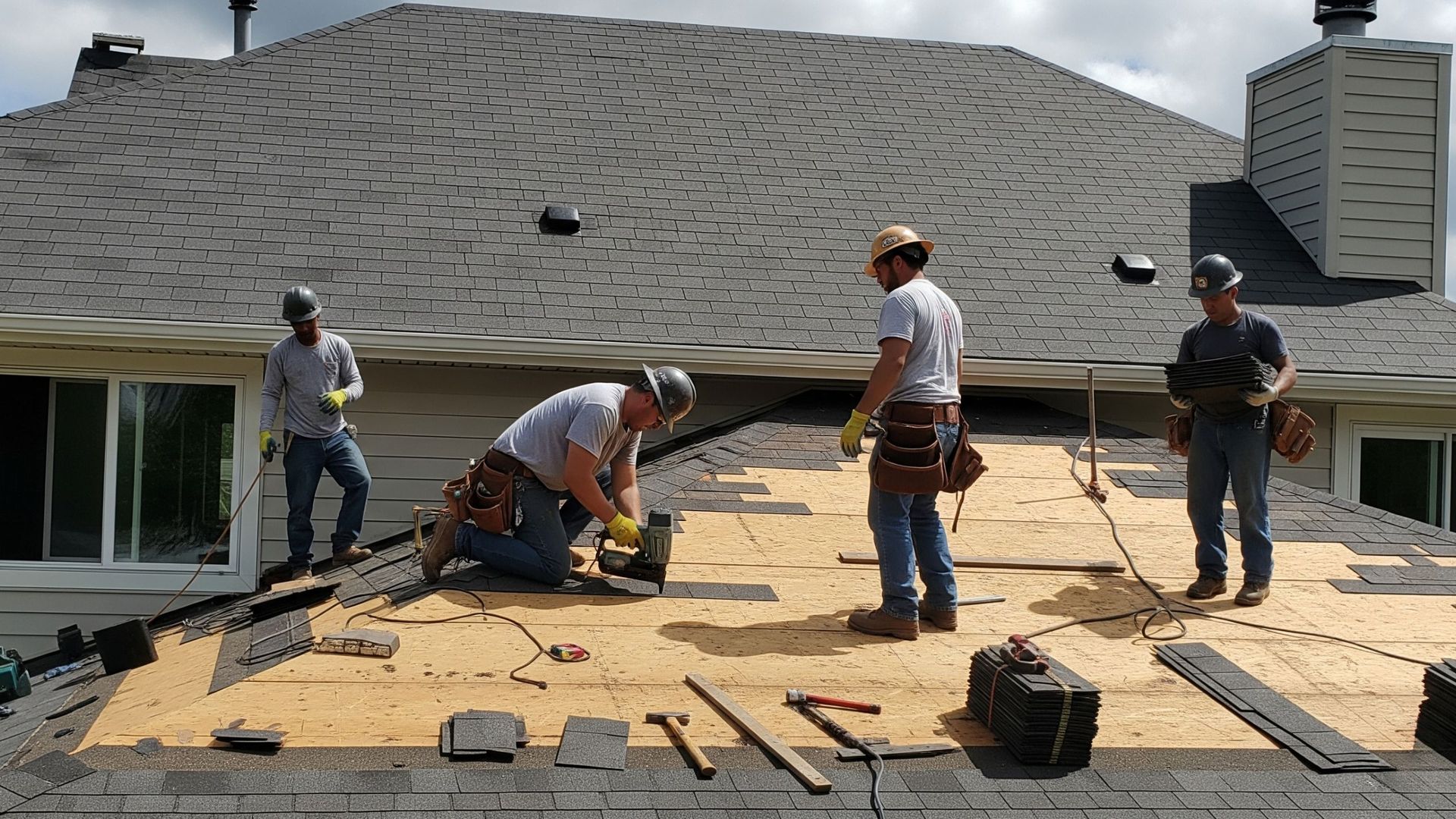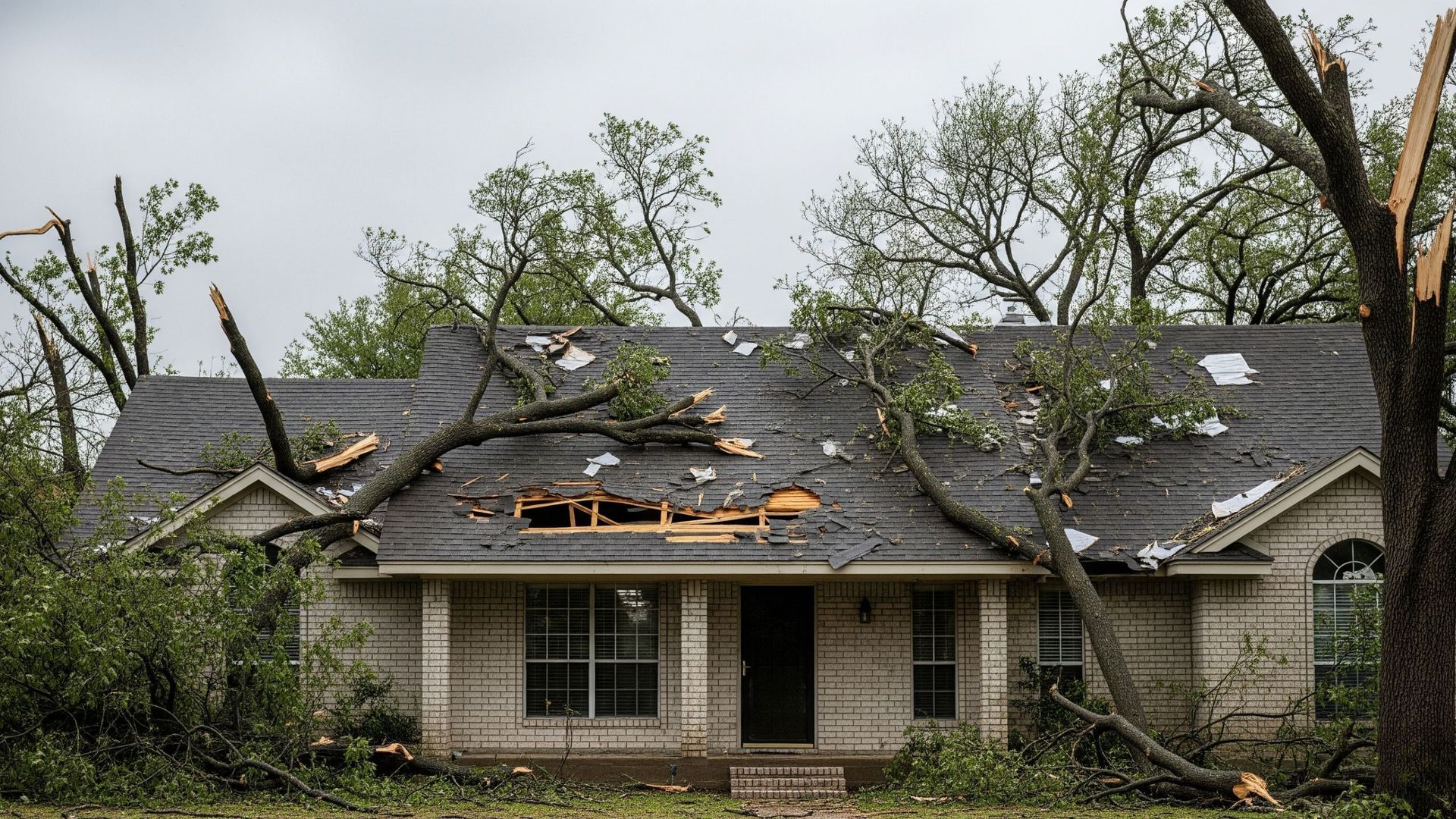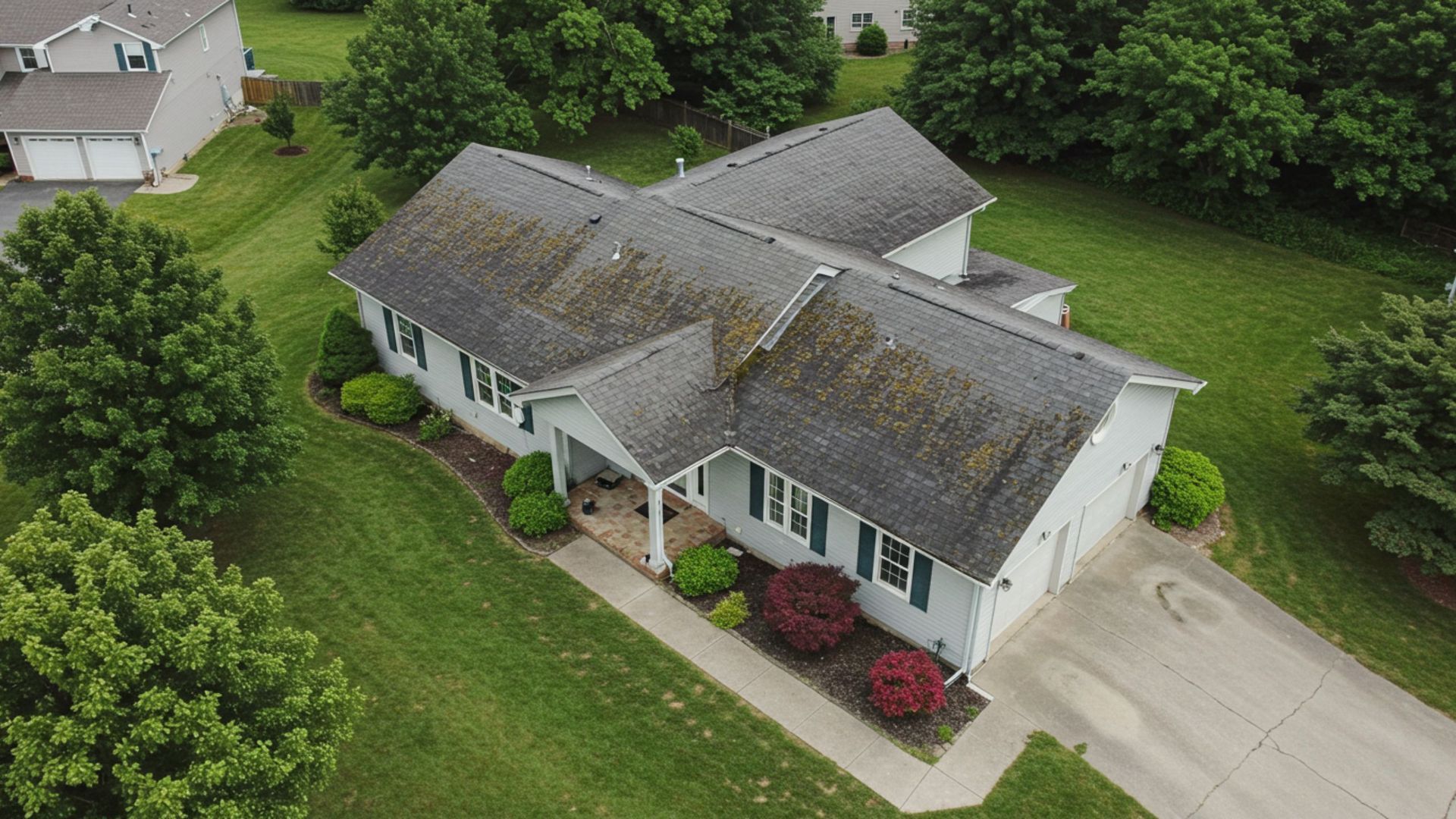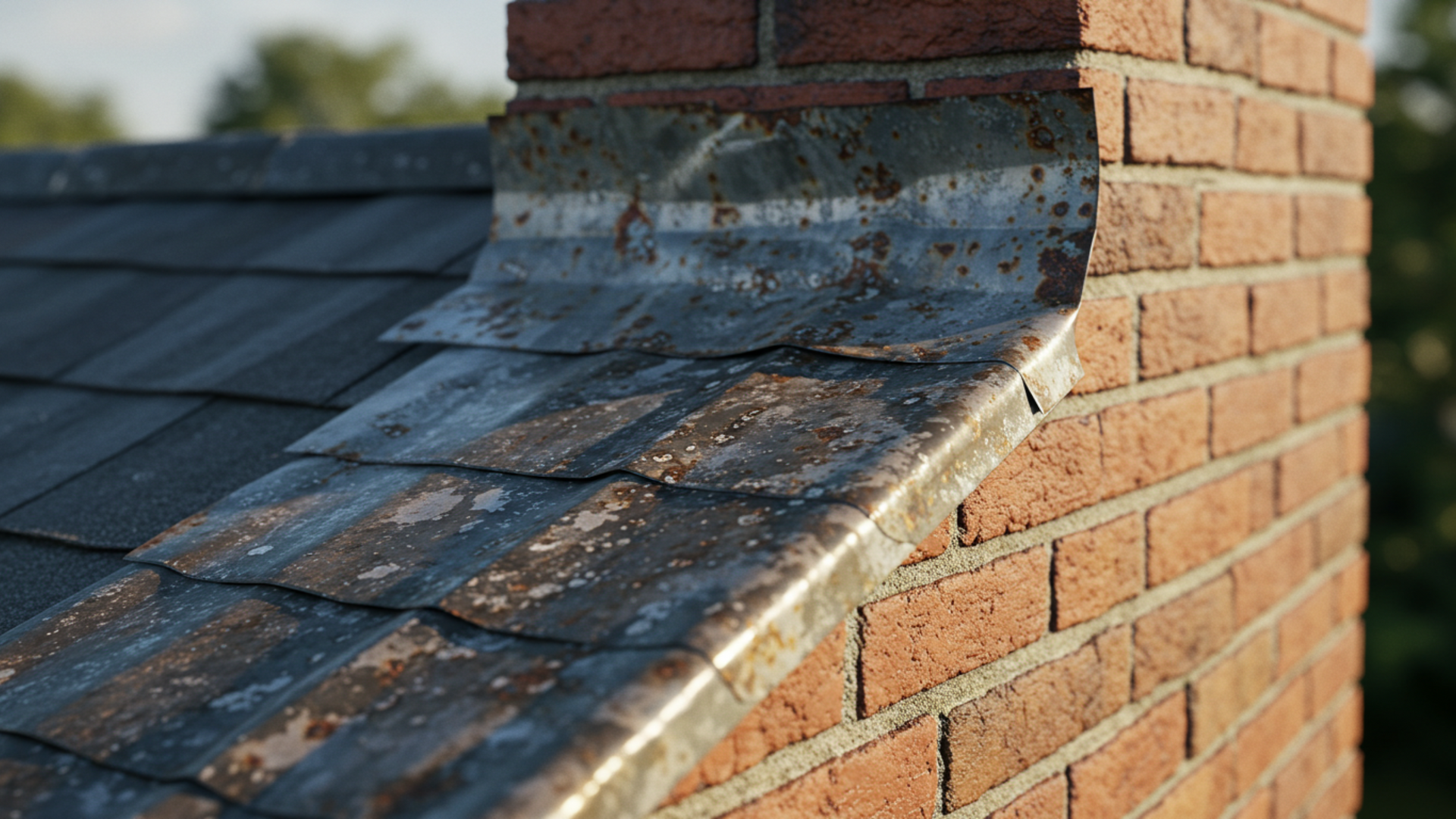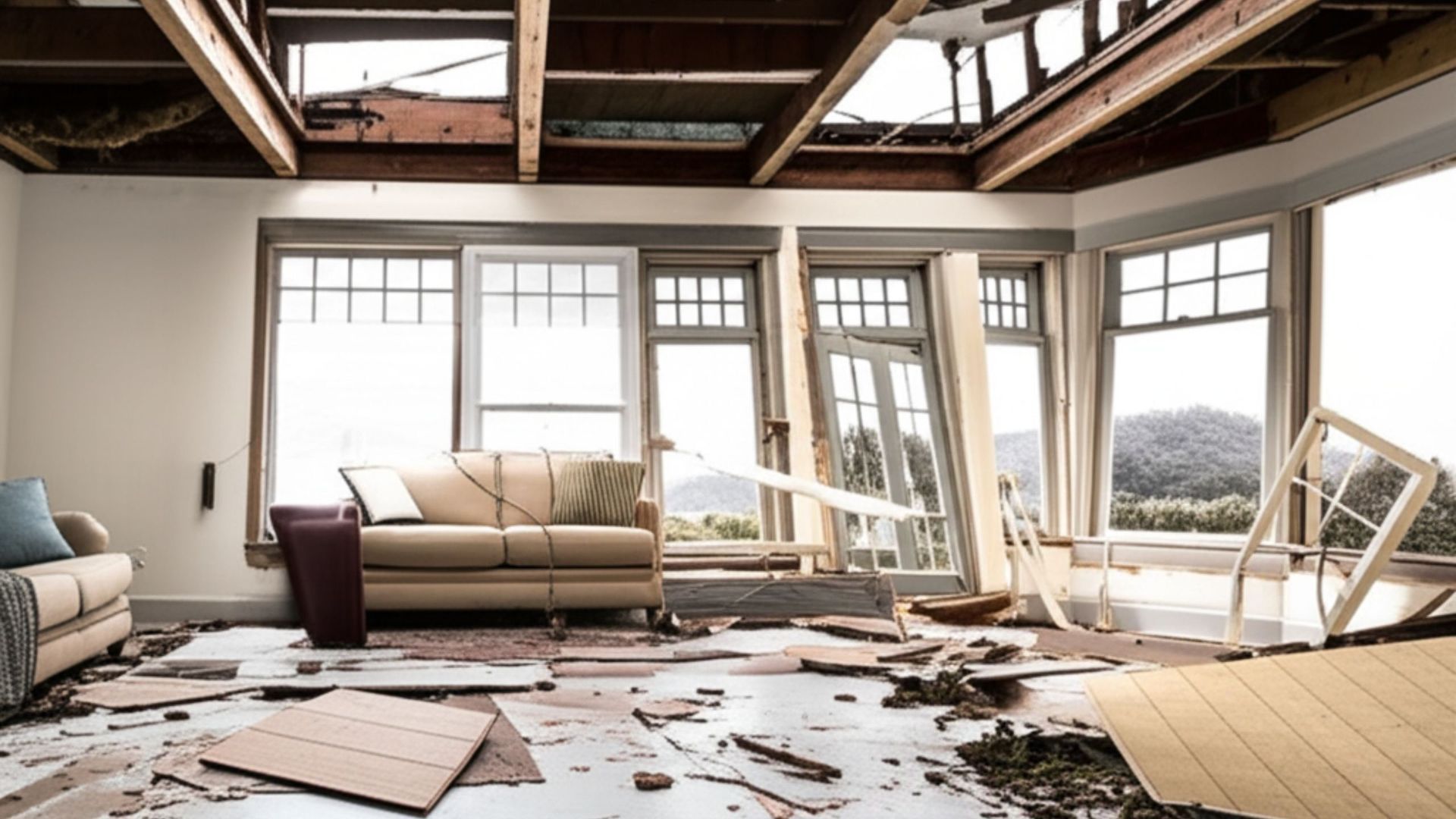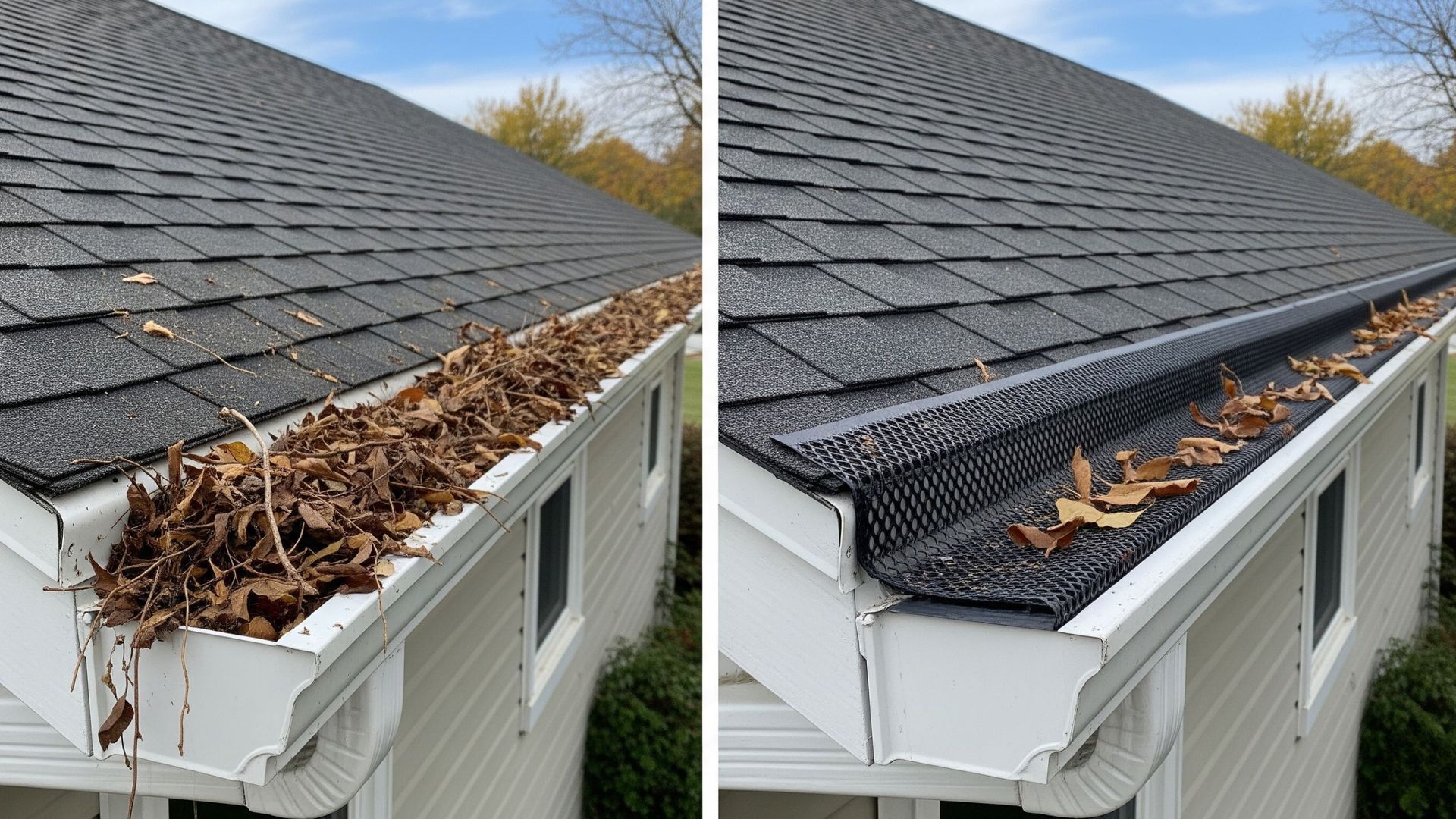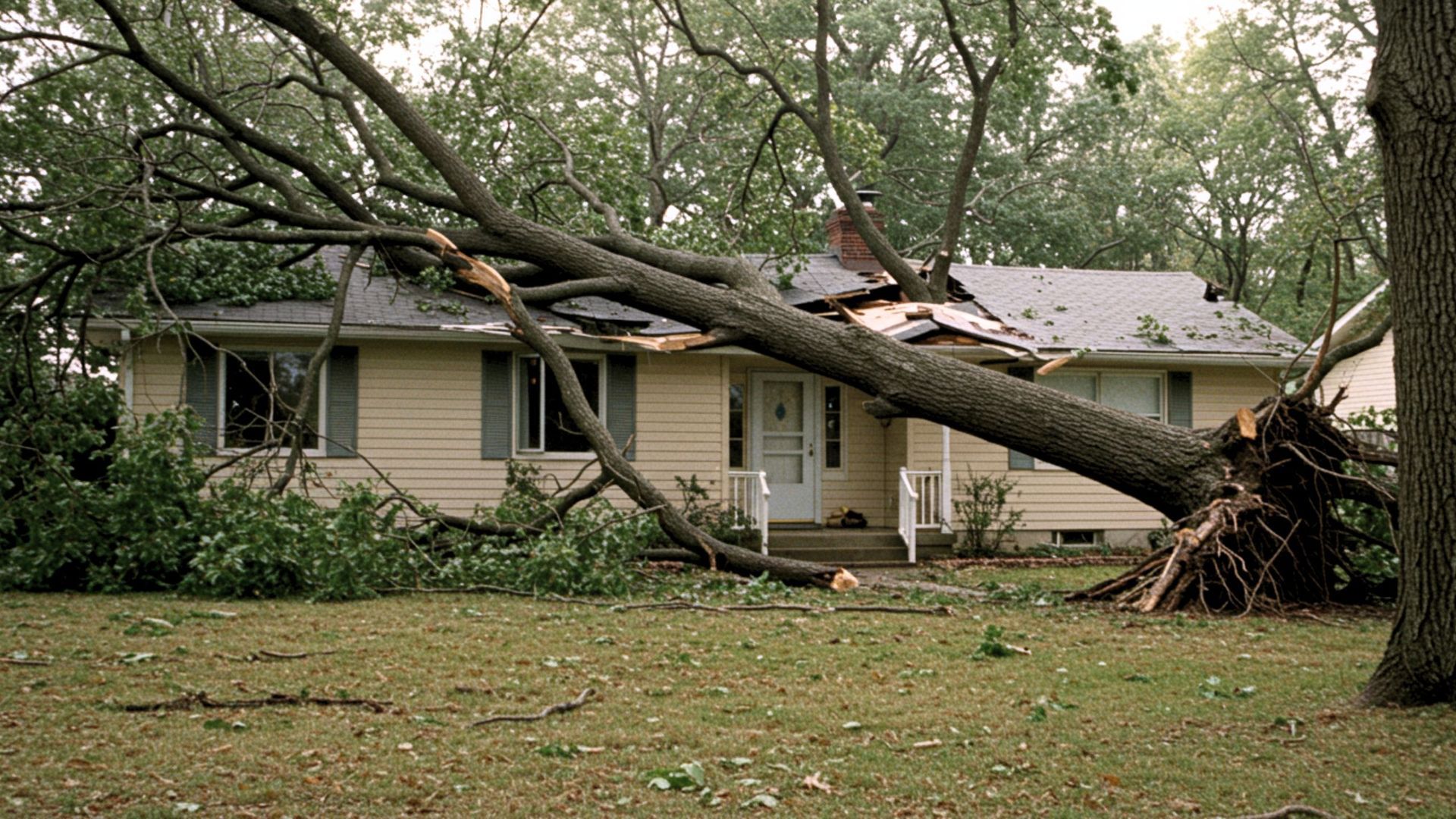Hurricane Season Prep: 5 Crucial Steps Every Homeowner Should Know
When hurricane season rolls around, Texas weather doesn’t always give us much warning. For homeowners, especially in storm-prone areas, knowing how to prepare your home can make all the difference between peace of mind and a flooded living room.
Wind, rain, and flying debris don’t just put your comfort at risk — they can cause real damage to your roof, gutters, and even the structure of your home. Fortunately, a few preventive steps can significantly enhance your property’s safety when storms hit.
1. Get Your Roof Professionally Inspected
The roof is your home’s first line of defense during any storm.
Even one lifted shingle or a tiny crack in the flashing can allow water to seep in — and once it does, it won’t take long for problems to spread.
A thorough inspection helps spot issues like:
- Damaged or missing shingles.
- Soft spots and sagging areas.
- Poor drainage or ponding.
- Worn flashing around vents or chimneys.
- Early signs of roof leaks.
Catching these early can help you avoid major repairs after a storm.
2. Clear and Inspect Gutters
When gutters are clogged, water has nowhere to go — so it finds its way into your roofline, walls, or even your foundation.
Keeping gutters clean and functional is one of the most overlooked yet critical parts of storm prep.
Make sure to:
- Remove all built-up debris.
- Check for rust or cracks.
- Ensure downspouts are angled away from the house.
- Repair sagging or disconnected sections.
Old or damaged gutters may need replacement to function effectively during heavy rain.
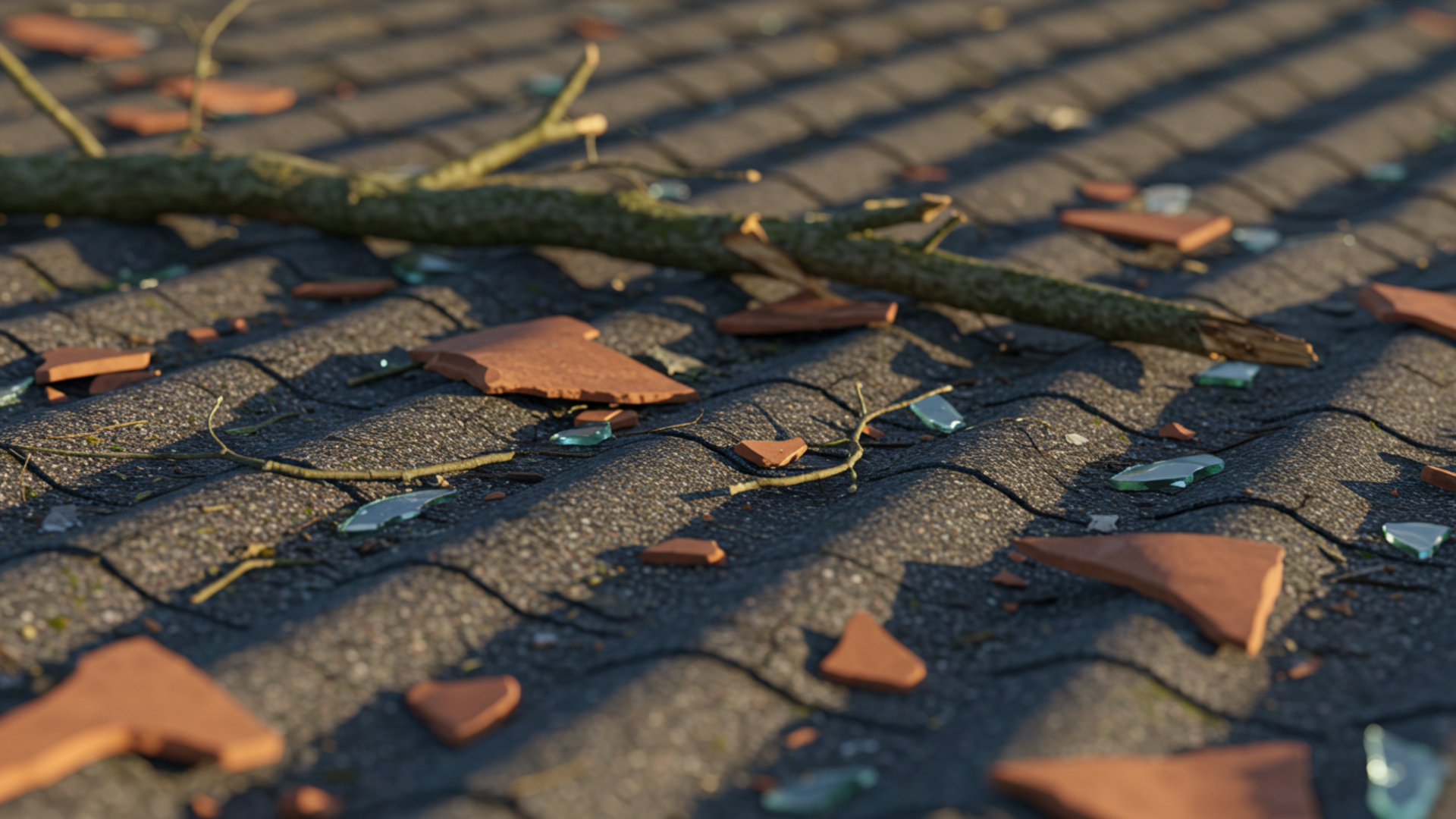
3. Don’t Ignore the Small Repairs
If you’ve noticed small issues like a leak, water stain, or draft coming from the attic, now’s the time to address them.
Those "minor" problems can escalate into emergencies in a hurricane.
Storm winds and pressure changes can push existing weaknesses to their breaking point.
Be sure to address:
- Cracked or missing shingles.
- Water-damaged areas.
- Loose nails or lifted flashing.
Quick fixes now can prevent much bigger problems later.
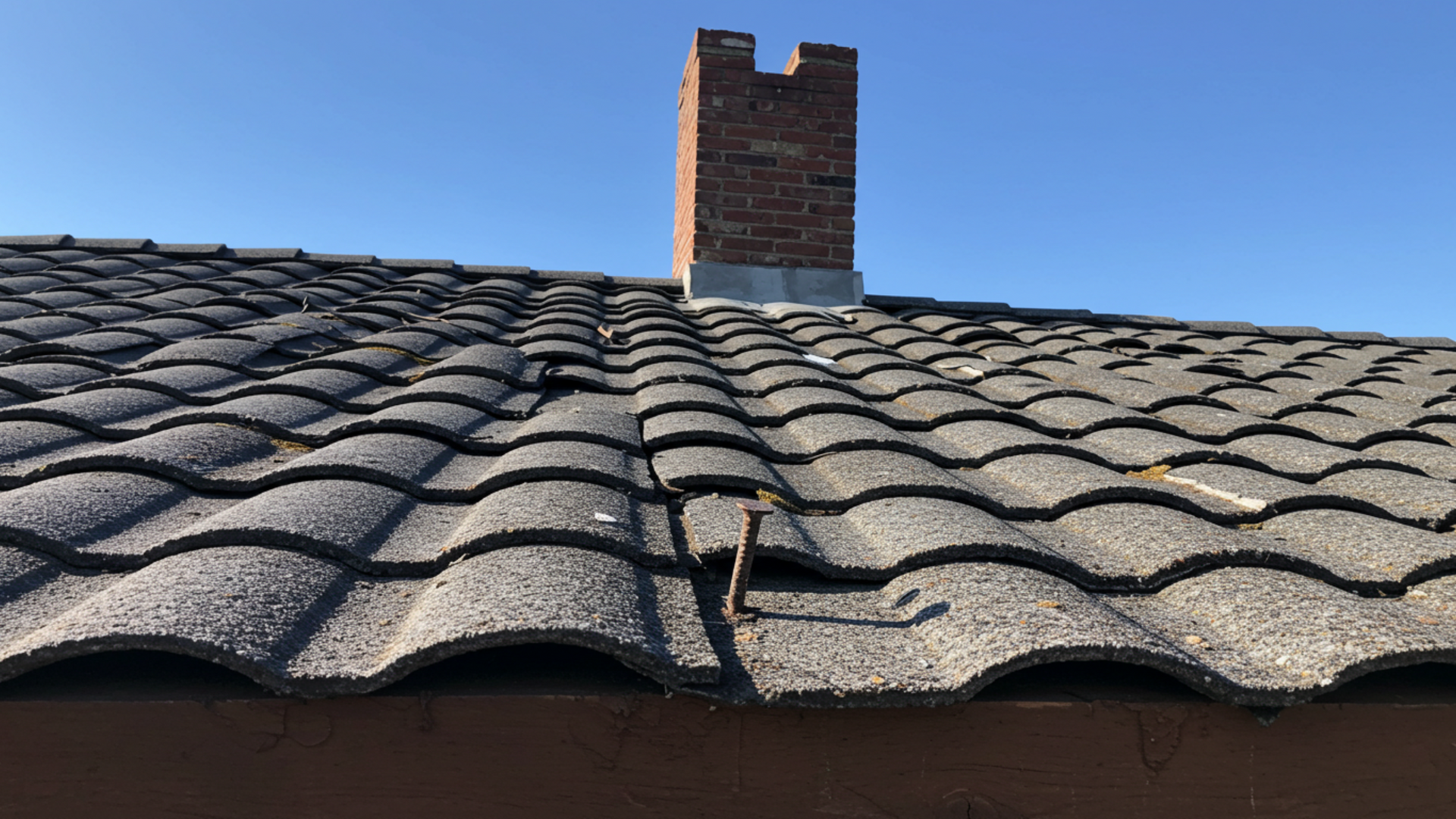
4. Trim Overhanging Trees and Secure Loose Items
Many of the worst storm-related roof problems don’t stem from rain or wind alone — they come from what the wind throws.
Flying debris like broken branches, potted plants, and even lawn chairs can rip into shingles or shatter gutters.
Before the storms begin:
- Trim back trees and branches near your roof.
- Bring in or secure outdoor furniture and tools.
- Remove anything loose from patios or yards.
This step takes less than a day but can prevent serious damage.
5. Be Ready to Act If Damage Happens
Even with the best planning, hurricanes are unpredictable.
Knowing what to do next — and who to call — makes recovery easier and faster.
After a storm, check your roof for visible damage from a safe spot.
Avoid climbing or inspecting by yourself if there’s a risk of collapse or electrical hazards.
Keep contact information for local, reliable help stored ahead of time.
Getting support quickly can stop further damage and make repairs easier to manage.
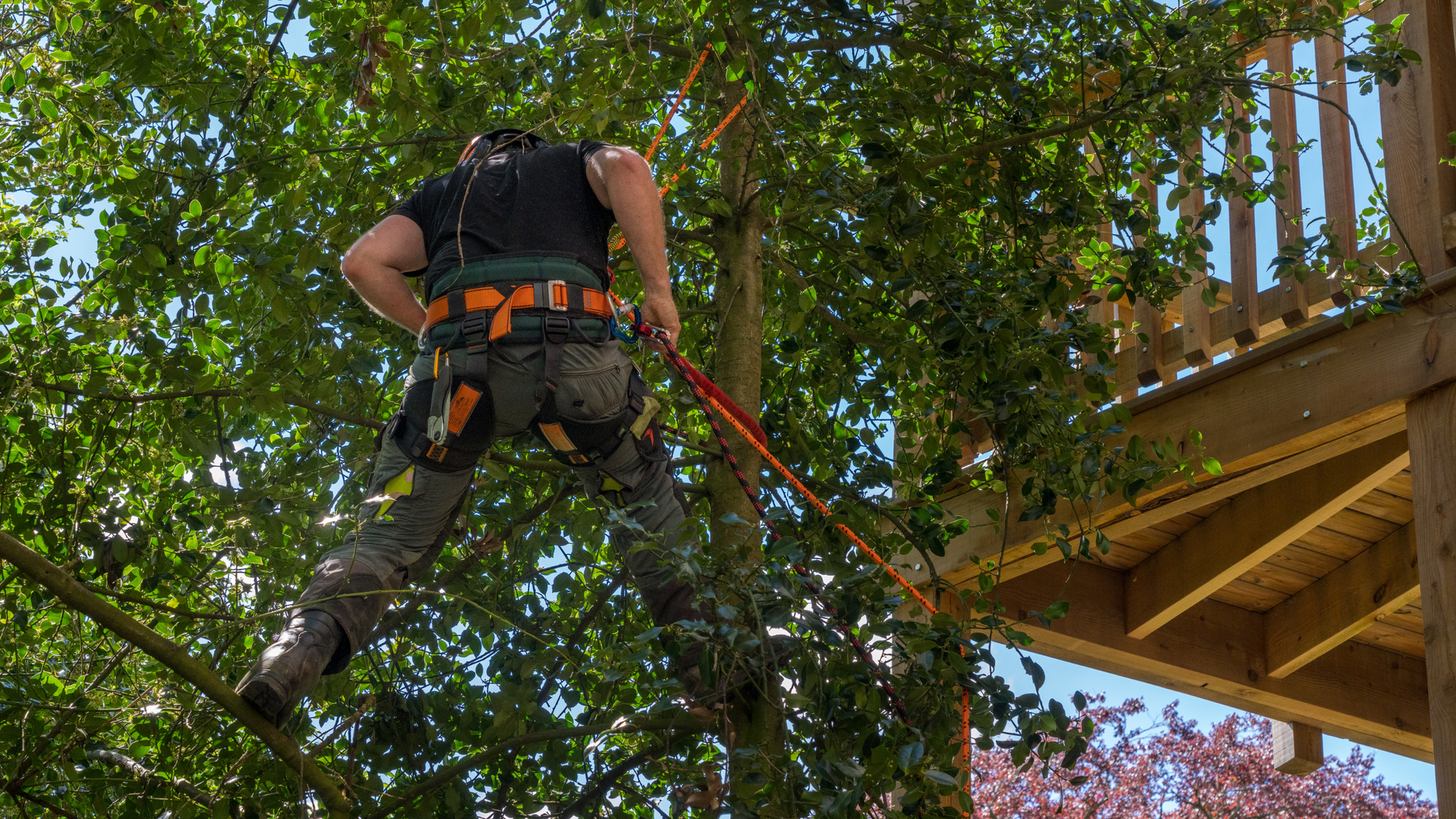
Plan Ahead, Stay Safe
Hurricane prep isn’t just about boarding windows and stocking up on water.
It’s also about ensuring your roof and gutters are ready to handle whatever nature throws at them. A little attention now can make a big difference when the storm clouds roll in.
Ready for a Roof That Lasts?
Contact TrustWorks Construction!
Don’t wait until it’s too late. TrustWorks Construction specializes in expert roof replacements that combine quality, durability, and style.
📞 Call us today for a free inspection: 936-209-4773
